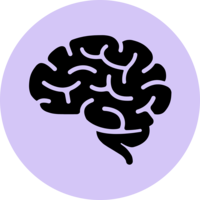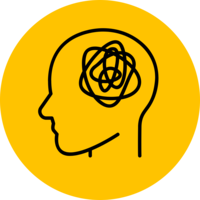Personal Assessment and Crisis Evaluation Clinic ultra-high risk cohort recruited in 2000 (PACE Clinic UHR cohort 2000)
This study was a component of a large program of research aiming to address the issues of identifying young people at high risk of psychosis, characterising the transition from high risk to acute psychosis and developing appropriate preventive interventions for this population. Participants were almost 40 young people at a ultra-high risk of developing a psychotic disorder, attending the Personal Assessment and Crisis Evaluation (PACE) Clinic in Melbourne, Australia. Participants were evaluated at baseline in 2000 and were assessed monthly for 12 months and again at 24 months to determine the onset of acute psychosis. Participants have been followed up for psychosis incidence through the PACE 400 and UHR 1000+ cohort studies.
Study design
Cohort, Cohort - clinical
Number of participants at first data collection
39 (participants)
Age at first data collection
14 - 30 years (participants)
Participant year of birth
Varied (participants)
Participant sex
All
Representative sample at baseline?
No
Sample features
Country
Year of first data collection
2000
Primary Institutions
Orygen Research Centre
Personal Assessment And Crisis Evaluation Clinic (PACE Clinic)
Profile paper DOI
Funders
Department of Human Services and Health
National Alliance for Research on Schizophrenia & Depression (NARSAD) (now known as Brain & Behaviour Research Foundation; BBRF)
National Health and Medical Research Council (NHMRC)
Ongoing?
No
Data types collected



- Interview – face-to-face
- Physical or biological assessment (e.g. blood, saliva, gait, grip strength, anthropometry)
- Secondary data
- None
- Magnetic Resonance Imaging (MRI)
- Healthcare data
Engagement
Keywords
Consortia and dataset groups



